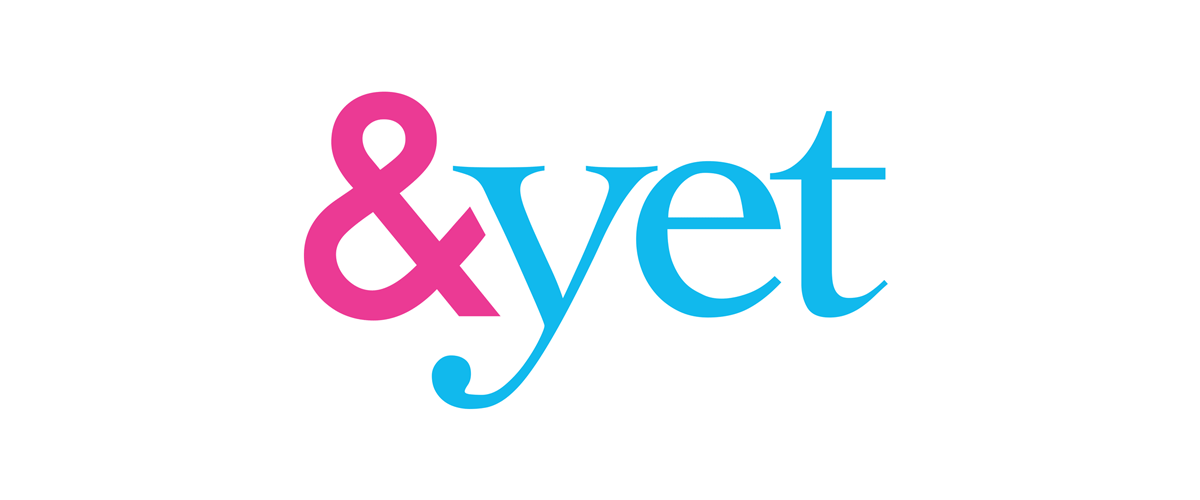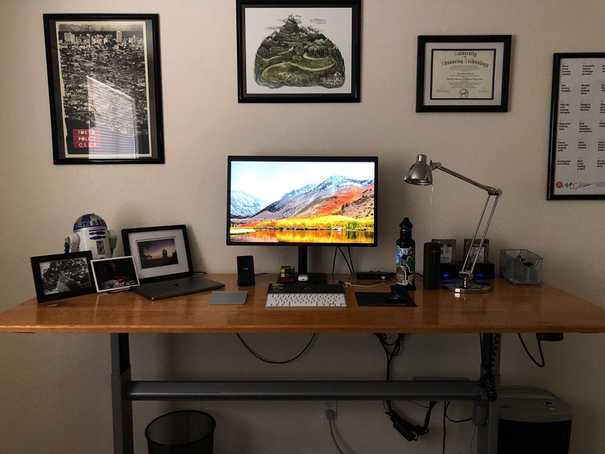Assess yourself! Lead generation edition, Part 3
This post is part of a three-part series about assessing your lead generation. Check out the other posts in the series!
You’ve made it to the final part in our lead generation self-assessment series. High five!
To recap, we’re defining lead generation as the strategic application of a deep understanding of your customer that allows you to show up in the right place, at the right time with a welcome solution to a pressing need.
Effective lead generation is a system you have control over, with outcomes that become increasingly predictable and repeatable over time.


